Home>Furniture>Kitchen Furniture>How To Use An Induction Cooktop
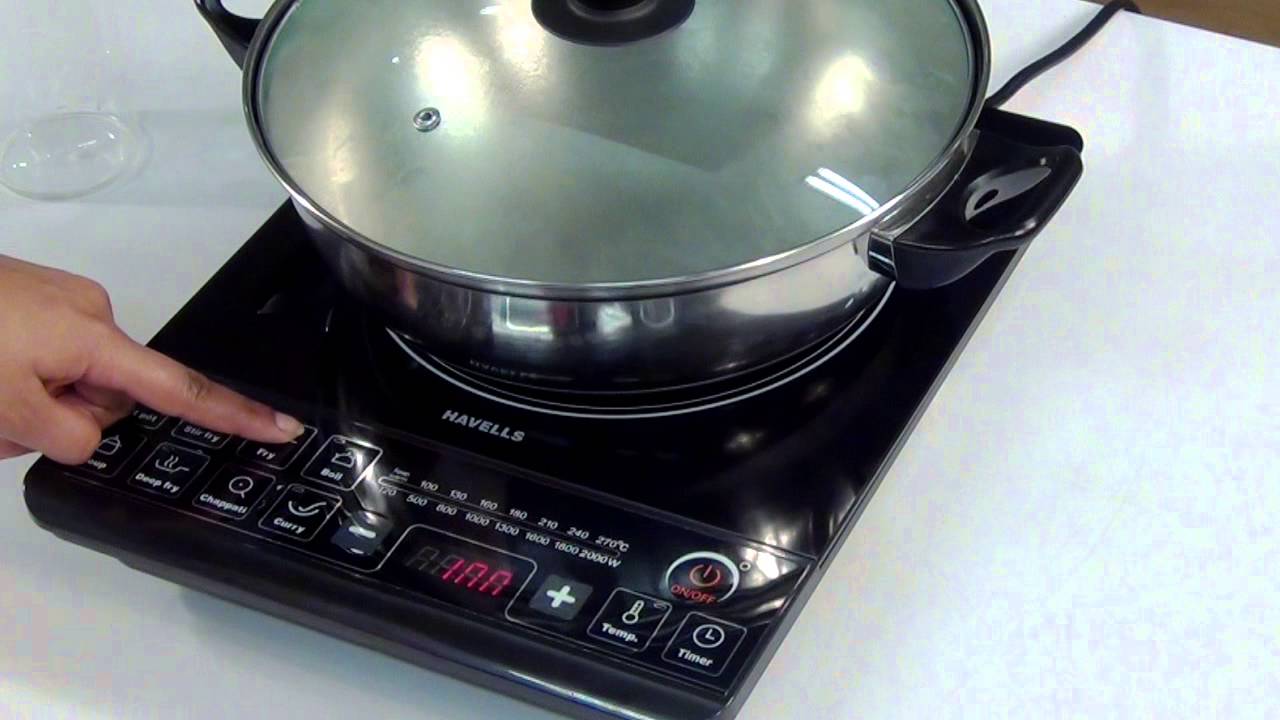

Kitchen Furniture
How To Use An Induction Cooktop
Modified: January 19, 2024
Learn how to effectively use an induction cooktop with our informative articles. Discover tips, tricks, and safety guidelines to enhance your cooking experience.
(Many of the links in this article redirect to a specific reviewed product. Your purchase of these products through affiliate links helps to generate commission for Storables.com, at no extra cost. Learn more)
Introduction
Welcome to the world of induction cooking! In recent years, induction cooktops have gained popularity for their efficiency, precision, and sleek design. Unlike traditional gas or electric stovetops, induction cooktops use electromagnetic technology to directly heat the cookware. This innovative cooking method offers numerous benefits to home cooks and professional chefs alike.
In this article, we will explore the fascinating world of induction cooktops and guide you on how to make the most of this modern culinary tool. We will delve into the benefits of using an induction cooktop, understand how it works, and provide essential safety precautions. Additionally, we will take you through a step-by-step guide on using an induction cooktop, offer tips on cleaning and maintenance, and address common troubleshooting issues you may encounter.
So, whether you are a cooking enthusiast looking to upgrade your kitchen appliances or someone simply curious about induction cooktops, read on to discover a whole new way of cooking!
Let’s dive in and uncover the advantages of using an induction cooktop.
Key Takeaways:
- Induction cooktops offer speed, precision, energy efficiency, safety, and easy cleaning. They revolutionize cooking with immediate heat response and precise temperature control, making them a valuable addition to any kitchen.
- To make the most of your induction cooktop, use compatible cookware, follow safety precautions, and maintain it regularly. Enjoy seamless cooking experiences and consult the user manual or customer support for troubleshooting assistance.
Read more: How To Use The Bosch Induction Cooktop
Benefits of Using an Induction Cooktop
Induction cooktops offer a host of advantages that make them a favored choice among cooks of all levels of expertise. Here are some of the key benefits:
-
Speed and Efficiency:
Induction cooktops heat up significantly faster than traditional gas or electric stovetops. This is because the electromagnetic technology directly transfers heat to the cookware, eliminating the need for preheating. As a result, you can save valuable time in the kitchen and get cooking faster.
-
Precision Temperature Control:
With induction cooking, you have precise control over the cooking temperature. The cooktop instantly responds to changes in temperature settings, allowing you to simmer, sauté, or boil with precision. This level of control ensures that your dishes are cooked to perfection, preventing overcooking or undercooking.
-
Energy Efficiency:
Induction cooktops are incredibly energy-efficient. Since the heat is directly transferred to the cookware, there is minimal heat loss during the cooking process. This means that less energy is wasted, resulting in lower utility bills and a reduced carbon footprint.
-
Safety:
One of the standout features of induction cooktops is their enhanced safety. As the heat is generated only within the cookware, the surface of the cooktop remains cool to the touch. This eliminates the risk of burns or accidental injuries from coming into contact with a hot surface. Additionally, most induction cooktops have built-in safety features such as auto-shutoff and child locks, further ensuring a secure cooking environment.
-
Ease of Cleaning:
Induction cooktops have a sleek, flat surface that is easy to clean. Since the cookware directly heats up, any spills or splatters are less likely to get burned onto the cooktop. Most induction cooktops have a smooth glass-ceramic surface that can be effortlessly wiped clean with a damp cloth.
These are just a few of the many advantages that induction cooktops offer. Now that we understand the benefits, let’s take a closer look at how induction cooktops work.
Understanding How an Induction Cooktop Works
Induction cooktops operate on the principle of electromagnetic induction. Unlike traditional gas or electric stovetops, which rely on direct heat transfer, induction cooktops use an electromagnetic field to generate heat directly in the cookware.
The main components of an induction cooktop are the power supply, control panel, and induction coil. When the cooktop is turned on, an electric current flows through the coil, creating a magnetic field. This magnetic field induces an electric current in the base of compatible cookware, generating heat.
It’s important to note that not all cookware is suitable for induction cooking. To work with an induction cooktop, the cookware must have a ferromagnetic base, meaning it is made of materials such as cast iron or stainless steel that have magnetic properties.
Once the suitable cookware is placed on the induction cooktop, the magnetic field causes resistance in the cookware, generating heat. The heat is then transferred to the food or liquid inside the cookware, allowing for efficient and precise cooking.
One of the advantages of induction cooking is its immediate response to changes in temperature settings. When you adjust the temperature on the control panel, the induction coil adjusts the strength of the magnetic field, instantly altering the heat generated in the cookware. This precise temperature control enables you to easily simmer, sear, or boil your ingredients.
It’s important to note that induction cooktops only generate heat when compatible cookware is detected. If you remove the cookware or use cookware that is not suitable for induction, the cooktop will not heat up. This makes induction cooktops a safe and energy-efficient choice.
Now that we have a good understanding of how induction cooktops work, let’s move on to the safety precautions you should observe when using one.
Safety Precautions When Using an Induction Cooktop
While induction cooktops are generally safe to use, it’s essential to follow some safety precautions to prevent accidents and ensure a secure cooking environment. Here are some important safety tips to keep in mind:
-
Use Compatible Cookware:
Only use cookware with a ferromagnetic base, such as cast iron or stainless steel, that is suitable for induction cooking. Avoid using non-compatible cookware, such as aluminum or copper, as they will not work on induction cooktops.
-
Avoid Placing Objects on the Cooktop:
Before turning on the induction cooktop, ensure that there are no objects or utensils, including paper towels or plastic utensils, on the surface. These can accidentally activate the cooktop or cause damage to it.
-
Keep the Cooktop Surface Clean:
Regularly clean the surface of the induction cooktop to prevent food residue or spills from interfering with the proper functioning of the cooktop. Use non-abrasive cleaners and avoid scratching the glass-ceramic surface.
-
Avoid Overheating Empty Cookware:
Never heat an empty pot or pan on the induction cooktop for an extended period. This can cause the cookware to overheat and potentially damage it. Always ensure there is food or liquid in the cookware before heating it.
-
Stay Aware of Heat Residual:
After cooking, be cautious of residual heat on the cooktop surface. Even though the cookware is no longer on the cooktop, the surface can remain hot. Avoid touching the surface until it has cooled down completely.
-
Use Cooktop Controls Properly:
Familiarize yourself with the control panel of your induction cooktop. Follow the manufacturer’s instructions for adjusting temperature settings, activating safety features, and turning the cooktop on and off. This will help prevent accidental misuse.
-
Keep Children and Pets Away:
Due to the magnetic fields generated by induction cooktops, it’s essential to keep children and pets at a safe distance while cooking. This will prevent them from accidentally touching or interacting with the hot cookware or the cooktop surface.
-
Monitor the Cooktop During Use:
Always keep an eye on the induction cooktop while it’s in use. This will allow you to promptly respond to any potential issues, such as excessive smoke, unusual smells, or overflowing pots. If necessary, turn off the cooktop and address the situation to prevent accidents or damage.
By following these safety precautions, you can enjoy the benefits of your induction cooktop while ensuring a safe cooking environment for yourself and your loved ones. Now that we’ve covered the safety measures, let’s move on to a step-by-step guide on using an induction cooktop.
When using an induction cooktop, make sure to use cookware with a flat, magnetic bottom for best results. Avoid using cookware with a curved or uneven bottom, as it may not heat evenly.
Step-by-Step Guide on Using an Induction Cooktop
Using an induction cooktop is a straightforward process once you understand the basics. Here is a step-by-step guide to help you get started:
-
Select the Right Cookware:
Ensure that you have compatible cookware with a ferromagnetic base. This may include cast iron, stainless steel, or other induction-compatible materials. Avoid using cookware made of non-compatible materials like aluminum or copper.
-
Place the Cookware on the Cooktop:
Position the cookware in the center of the cooking zone on the induction cooktop. Make sure the base of the cookware covers the entire surface of the cooking zone for efficient heat transfer.
-
Turn on the Cooktop:
Turn on the induction cooktop by pressing the power button or rotating the control dial, depending on the model. Your cooktop may also have specific settings for different cooking functions such as boiling, simmering, or frying.
-
Select the Desired Temperature:
Adjust the temperature settings using the control panel. Most induction cooktops have precise temperature control options, allowing you to select the desired heat level for your cooking needs.
-
Start Cooking:
Once you’ve set the desired temperature, you can begin cooking. The induction cooktop will heat up the cookware almost instantly, and you’ll notice the food or liquid inside the cookware starting to cook or boil.
-
Adjust the Heat as Needed:
Throughout the cooking process, you can easily adjust the heat on the induction cooktop as necessary. Increase the temperature for a rapid boil or decrease it for simmering. The cooktop will respond quickly to changes in the temperature settings.
-
Monitor the Cooking:
Keep an eye on the food as it cooks, stirring or flipping as needed. Induction cooktops offer precise temperature control, but it’s important to actively monitor the cooking process to avoid overcooking or burning.
-
Turn off the Cooktop:
When you’re finished cooking, turn off the induction cooktop by pressing the power button or adjusting the control dial to the off position. Wait for the cooktop and cookware to cool down before handling or cleaning.
-
Remove the Cookware:
Using oven mitts or pot holders, carefully remove the cookware from the induction cooktop. Remember that residual heat may still be present, so handle with caution.
-
Clean the Cooktop:
Once the cooktop has cooled down, clean it using a gentle cleaner specifically designed for glass-ceramic surfaces. Wipe away any spills or residue from the surface, ensuring it remains in prime condition for your next cooking adventure.
Following this step-by-step guide will help you make the most of your induction cooktop and enjoy seamless cooking experiences. However, it’s vital to maintain and clean the cooktop regularly to keep it in optimal condition, which we’ll discuss in the next section.
Read more: How To Use Summit Induction Cooktop
Cleaning and Maintenance of an Induction Cooktop
To ensure the longevity and efficiency of your induction cooktop, regular cleaning and proper maintenance are crucial. Here are some cleaning and maintenance tips:
-
Clean Spills Immediately:
Accidental spills can occur while cooking. It’s essential to clean them up promptly, especially acidic or sugary substances. Use a soft, damp cloth or sponge to wipe away the spills, avoiding abrasive cleaners or scrubbing pads that can scratch the glass-ceramic surface.
-
Remove Burnt-on Residue:
If food or liquid has burned onto the cooktop surface, gently scrape it off using a cooktop scraper or a ceramic cleaning blade. Hold the scraper at a 45-degree angle and apply light pressure to remove the residue. Be careful not to scratch the surface.
-
Regularly Clean with a Gentle Cleaner:
For routine cleaning, use a gentle cleaner specifically designed for glass-ceramic cooktops. Apply a small amount of cleaner to a soft cloth or sponge and wipe down the surface. Avoid using abrasive cleaners, harsh chemicals, or abrasive cleaning pads as they can damage the cooktop.
-
Buff the Surface:
After cleaning, use a dry, lint-free cloth to buff the cooktop surface. This will help remove any streaks or residue, leaving behind a sparkling and pristine finish.
-
Remove Control Knobs for Cleaning:
If your induction cooktop has removable control knobs, take them off periodically and clean them separately. Use warm, soapy water and a soft cloth to remove any grease or residue. Ensure the knobs are completely dry before placing them back on the cooktop.
-
Avoid Excessive Weight:
Do not place heavy objects or excessive weight on the surface of the cooktop. This can cause cracks or damage to the glass-ceramic surface. Take extra care when moving heavy cookware or other kitchen items near the cooktop.
-
Avoid Temperature Shock:
Avoid exposing the induction cooktop to extreme temperature changes. For example, do not place cold or frozen cookware directly onto the hot cooktop surface. Allow cookware to gradually come to room temperature before placing it on the cooktop.
-
Regularly Inspect and Maintain:
Periodically inspect the cooktop for any signs of damage or wear, such as cracks, scratches, or loose components. If you notice any issues, contact a professional technician for repair or maintenance.
-
Refer to the Manufacturer’s Guidelines:
Always refer to the manufacturer’s guidelines and instructions for specific cleaning and maintenance recommendations for your particular induction cooktop model. Following these guidelines will help ensure the longevity and optimal performance of your appliance.
By incorporating these cleaning and maintenance practices into your kitchen routine, you can keep your induction cooktop looking pristine and functioning efficiently for years to come. However, even with proper maintenance, you may encounter some common issues with an induction cooktop, which we’ll address in the next section.
Troubleshooting Common Issues with an Induction Cooktop
Like any appliance, an induction cooktop may occasionally encounter some common issues. Here are a few troubleshooting tips for resolving common problems you may face:
-
Cooktop Not Heating:
If your induction cooktop is not heating, ensure that you are using compatible cookware with a ferromagnetic base. Double-check that the cookware is centered properly on the cooking zone. If the issue persists, check the power supply and make sure the cooktop is securely plugged in.
-
Uneven Heating:
If you notice uneven heating on your induction cooktop, verify that the cookware’s base is flat and in good condition. Uneven bases can lead to uneven heat distribution. Also, ensure that the cookware is correctly centered on the cooking zone. If the problem continues, consult the manufacturer for further assistance.
-
Error Messages or Beeping Sounds:
If your induction cooktop displays error messages or emits beeping sounds, refer to the user manual for specific error code meanings and troubleshooting steps. Common reasons for error messages may include an incompatible cookware detection or an overheating warning. Follow the recommended actions to rectify the issue.
-
Cooktop Shuts Off Unexpectedly:
If your induction cooktop shuts off unexpectedly during use, it could be due to overcurrent or overheating protection. Check the ventilation system and ensure it is not blocked by debris or obstructions. Additionally, avoid using cookware that exceeds the maximum weight capacity specified by the manufacturer.
-
Control Panel Not Responding:
If the control panel of your induction cooktop is not responding, check if the cooktop is properly connected to the power supply. Try resetting the cooktop by turning it off and unplugging it for a few minutes before plugging it back in. If the issue persists, contact a professional technician for assistance.
-
Cooktop Surface Damage:
If you notice scratches, cracks, or other damage on the cooktop surface, refrain from using the cooktop until it has been inspected by a professional technician. Do not attempt to repair the damage yourself, as it may void the warranty or cause further harm.
-
Unusual Noises:
If your induction cooktop is making unusual noises during operation, such as buzzing or humming sounds, it could indicate issues with the internal components. Turn off the cooktop, unplug it, and contact a qualified technician to diagnose and fix the problem.
While these troubleshooting tips may assist in resolving common issues, it is always advisable to consult the user manual provided by the manufacturer for specific guidance. If the problem persists or if you encounter an issue not mentioned here, reach out to the manufacturer’s customer support for thorough assistance and professional advice.
Now that we’ve covered troubleshooting, let’s recap the benefits and the key points of using an induction cooktop.
Conclusion
Congratulations! You have reached the end of our comprehensive guide on using an induction cooktop. We have explored the benefits of this modern cooking appliance, understood how it works, and discussed important safety precautions to keep in mind. We also provided a step-by-step guide on using an induction cooktop, shared tips for cleaning and maintenance, and offered troubleshooting advice for common issues.
Induction cooktops offer numerous advantages, including fast and efficient cooking, precise temperature control, energy efficiency, enhanced safety features, and easy cleaning. By harnessing the power of electromagnetic induction, these cooktops have revolutionized the way we cook and provided us with a more enjoyable and efficient culinary experience.
Remember to always use compatible cookware with a ferromagnetic base, keep the cooktop clean and well-maintained, and follow the manufacturer’s instructions for optimal performance and safety. Keep in mind the safety precautions we discussed, such as avoiding placing objects on the cooktop surface and keeping children and pets at a safe distance while cooking.
If you encounter any issues with your induction cooktop, refer to the troubleshooting tips provided or consult the manufacturer’s user manual for specific assistance. Don’t hesitate to reach out to customer support if needed.
We hope this guide has provided you with valuable insights and knowledge to make the most of your induction cooktop. Enjoy the convenience, precision, and efficiency that induction cooking brings to your kitchen! Happy cooking!
Frequently Asked Questions about How To Use An Induction Cooktop
Was this page helpful?
At Storables.com, we guarantee accurate and reliable information. Our content, validated by Expert Board Contributors, is crafted following stringent Editorial Policies. We're committed to providing you with well-researched, expert-backed insights for all your informational needs.
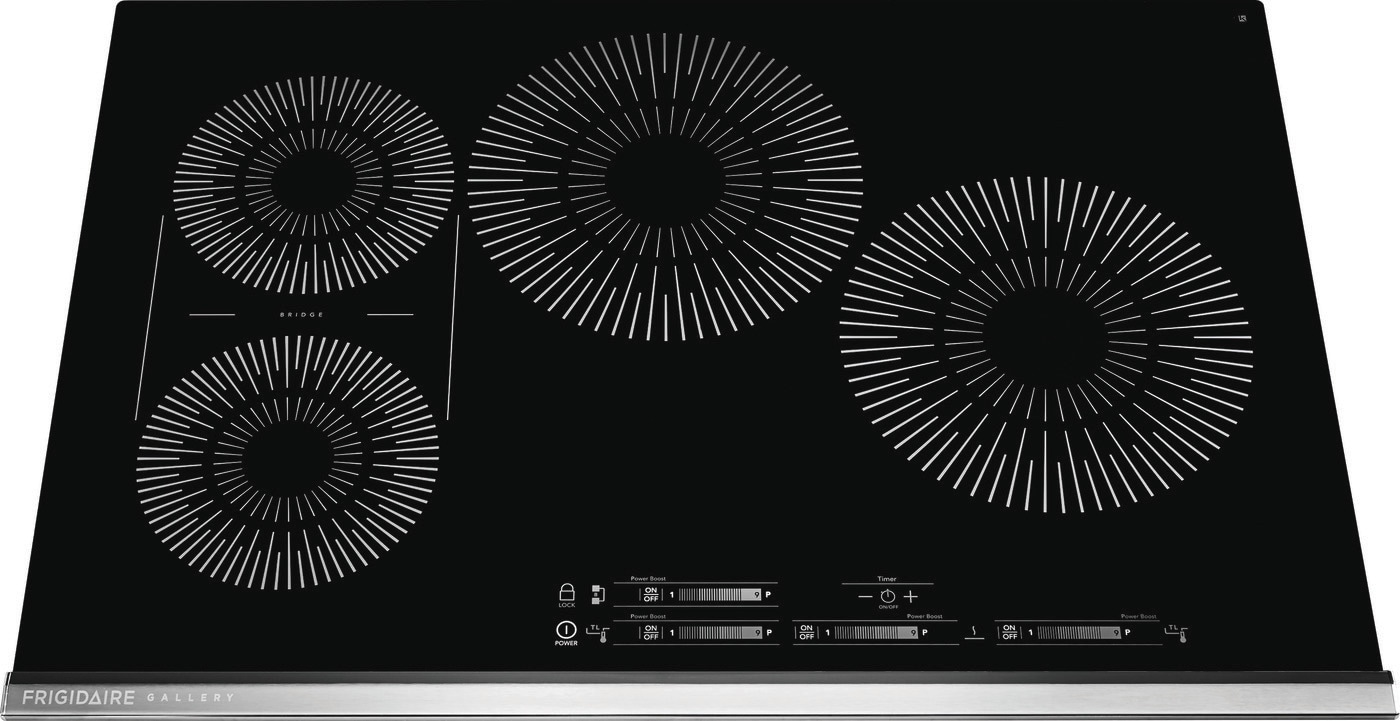
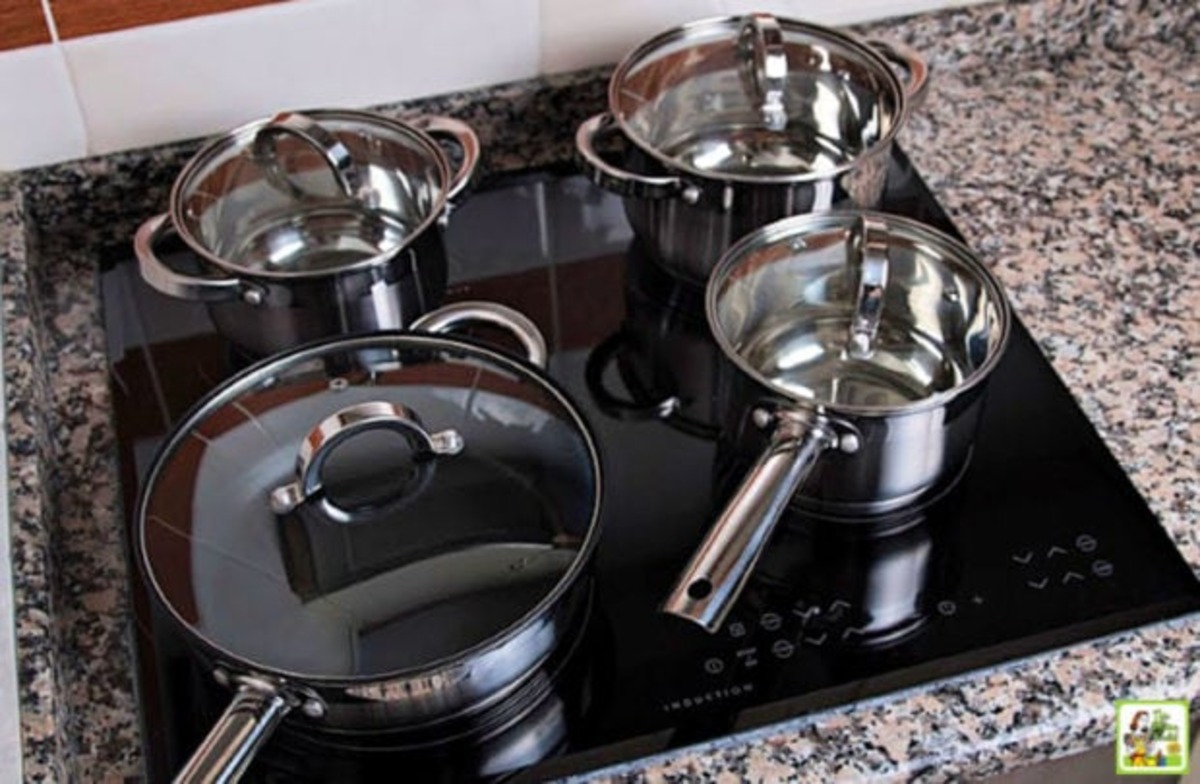
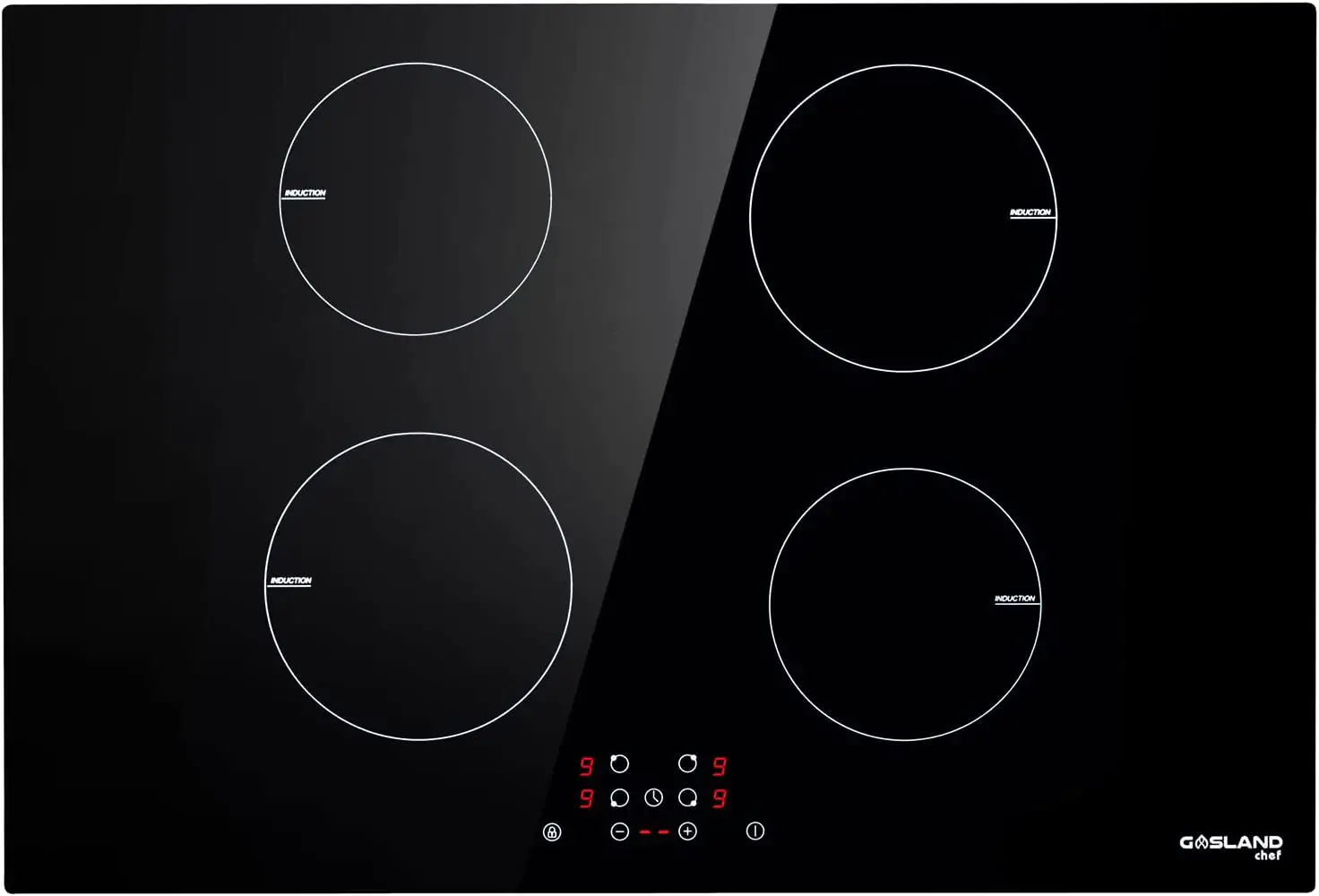
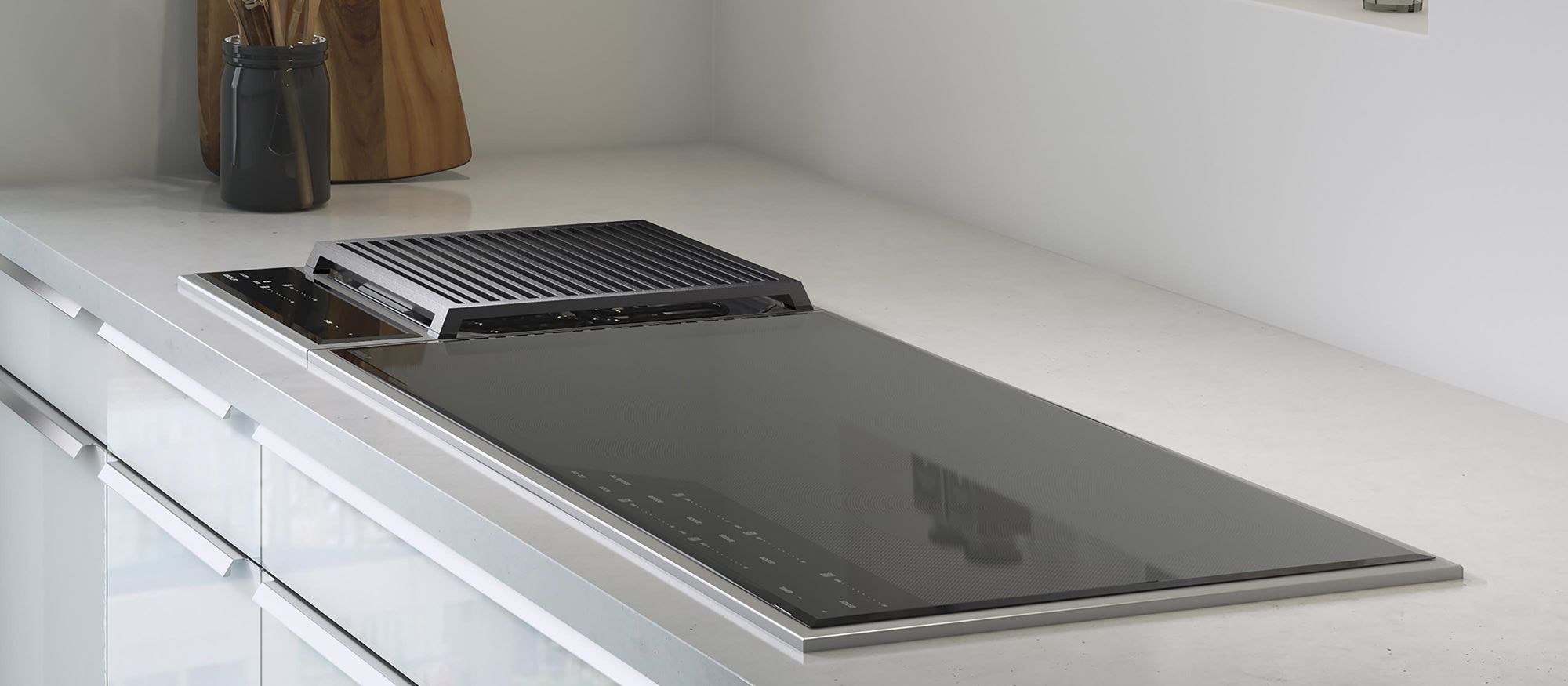
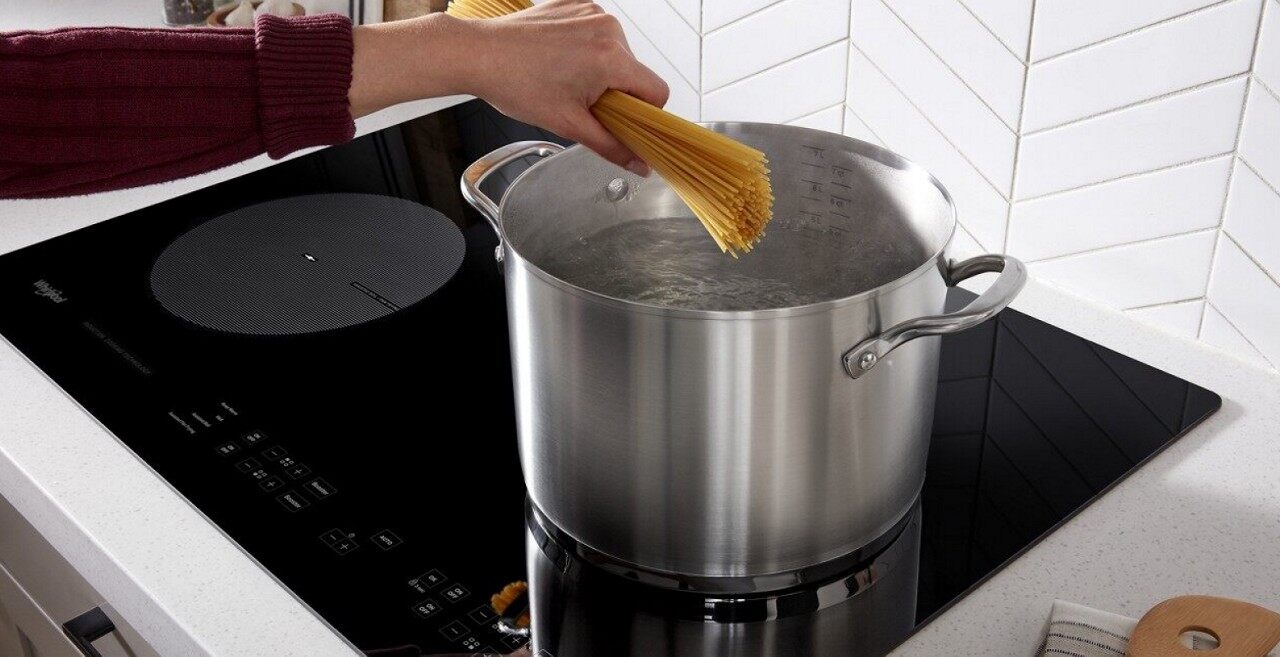
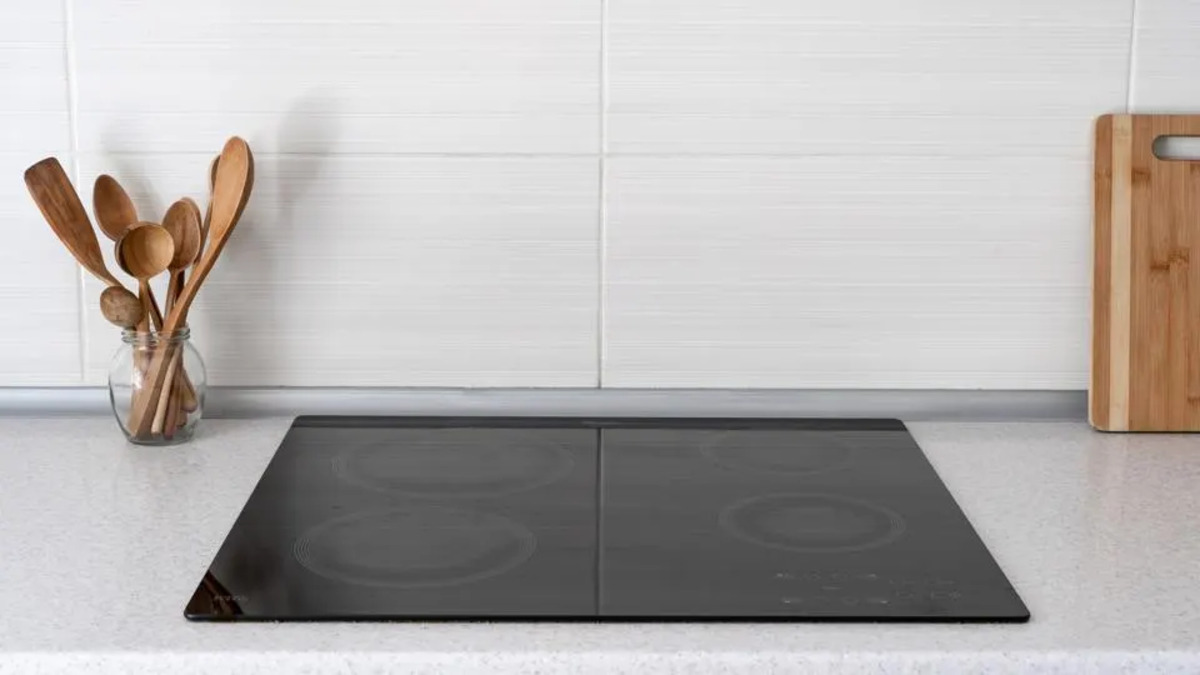
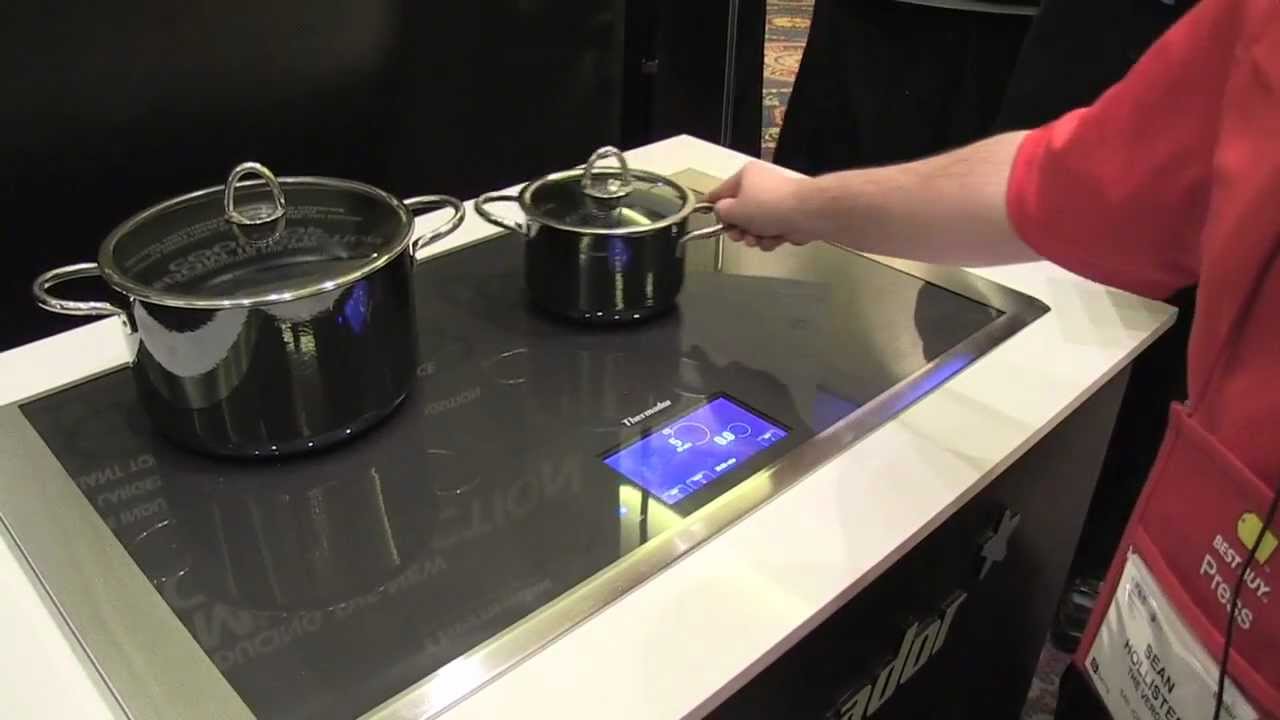
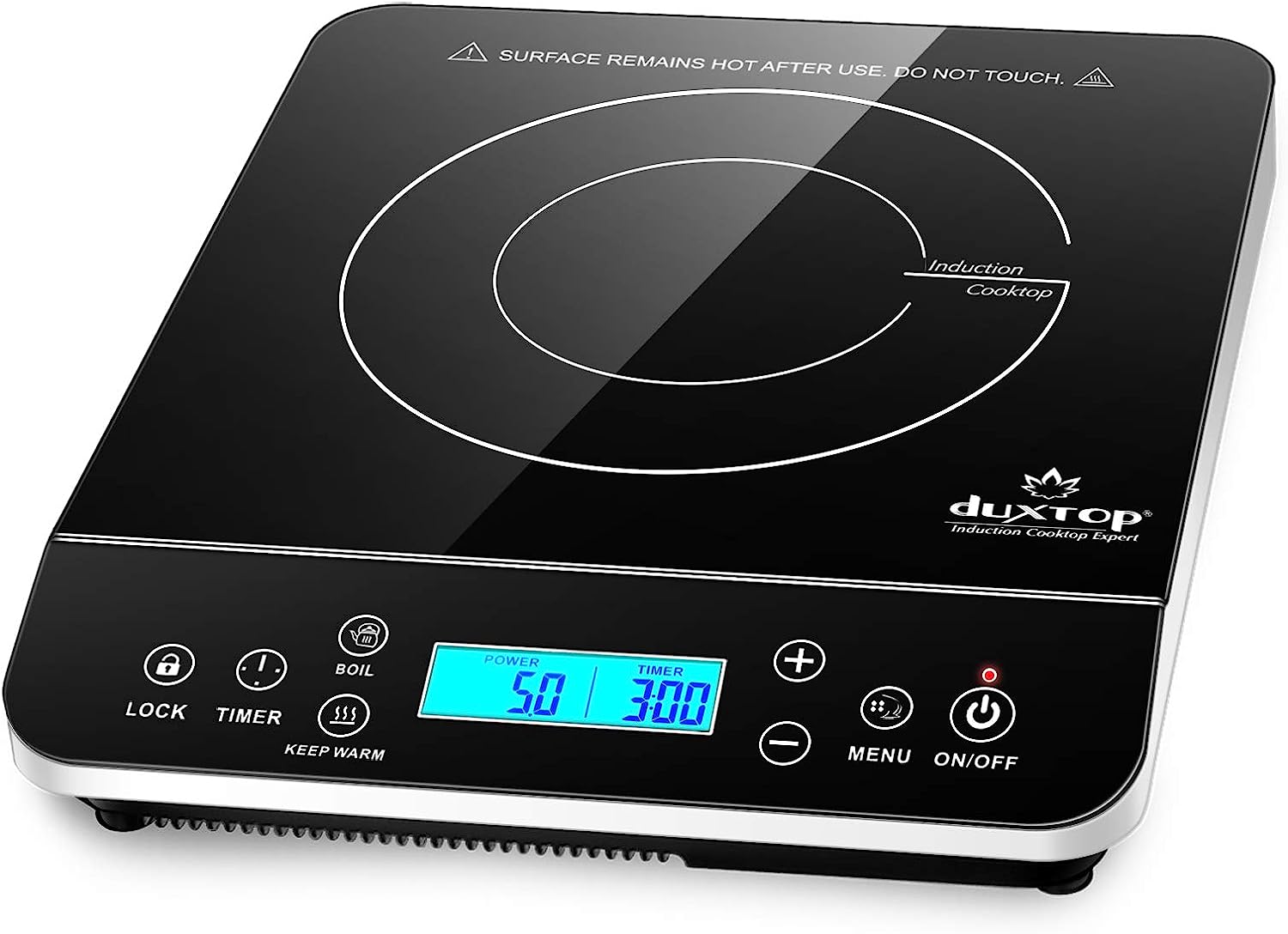
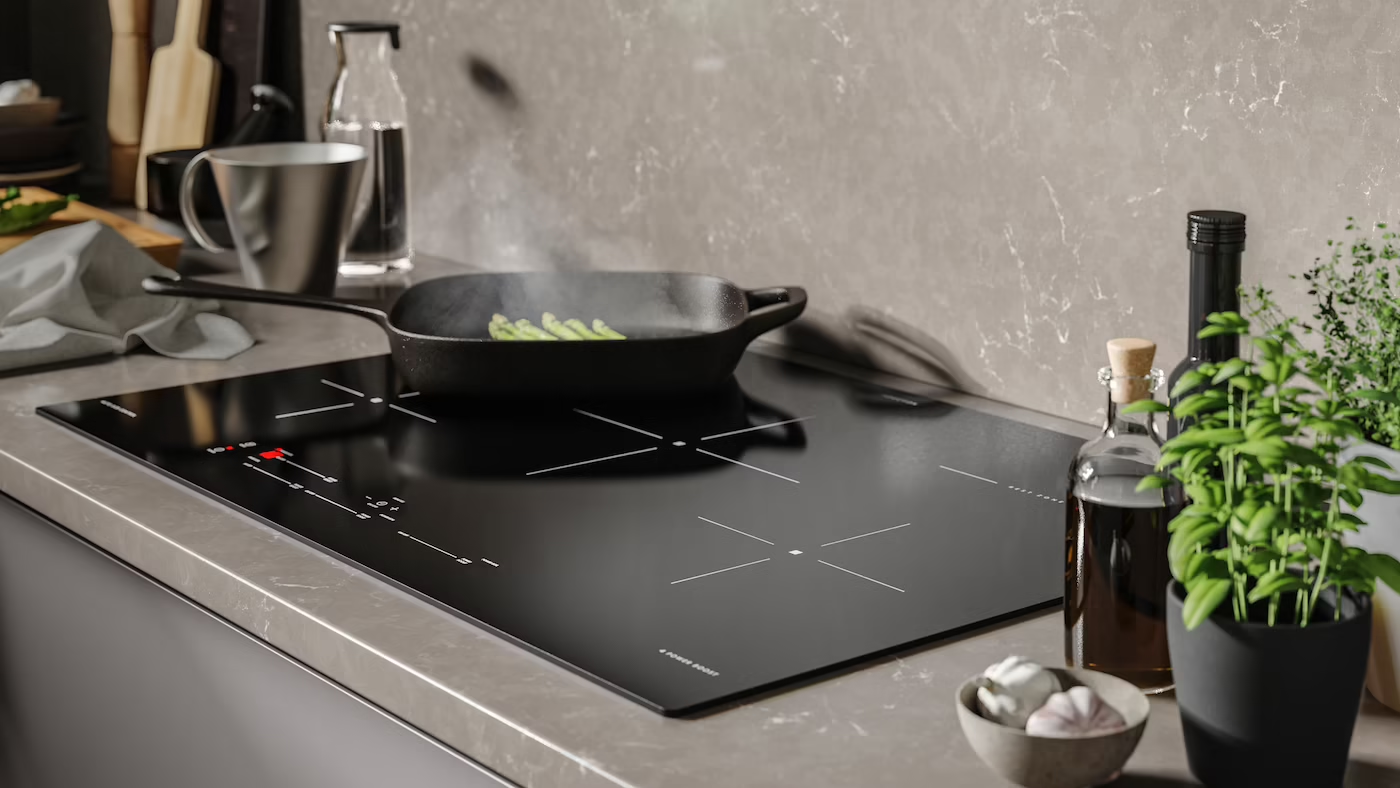
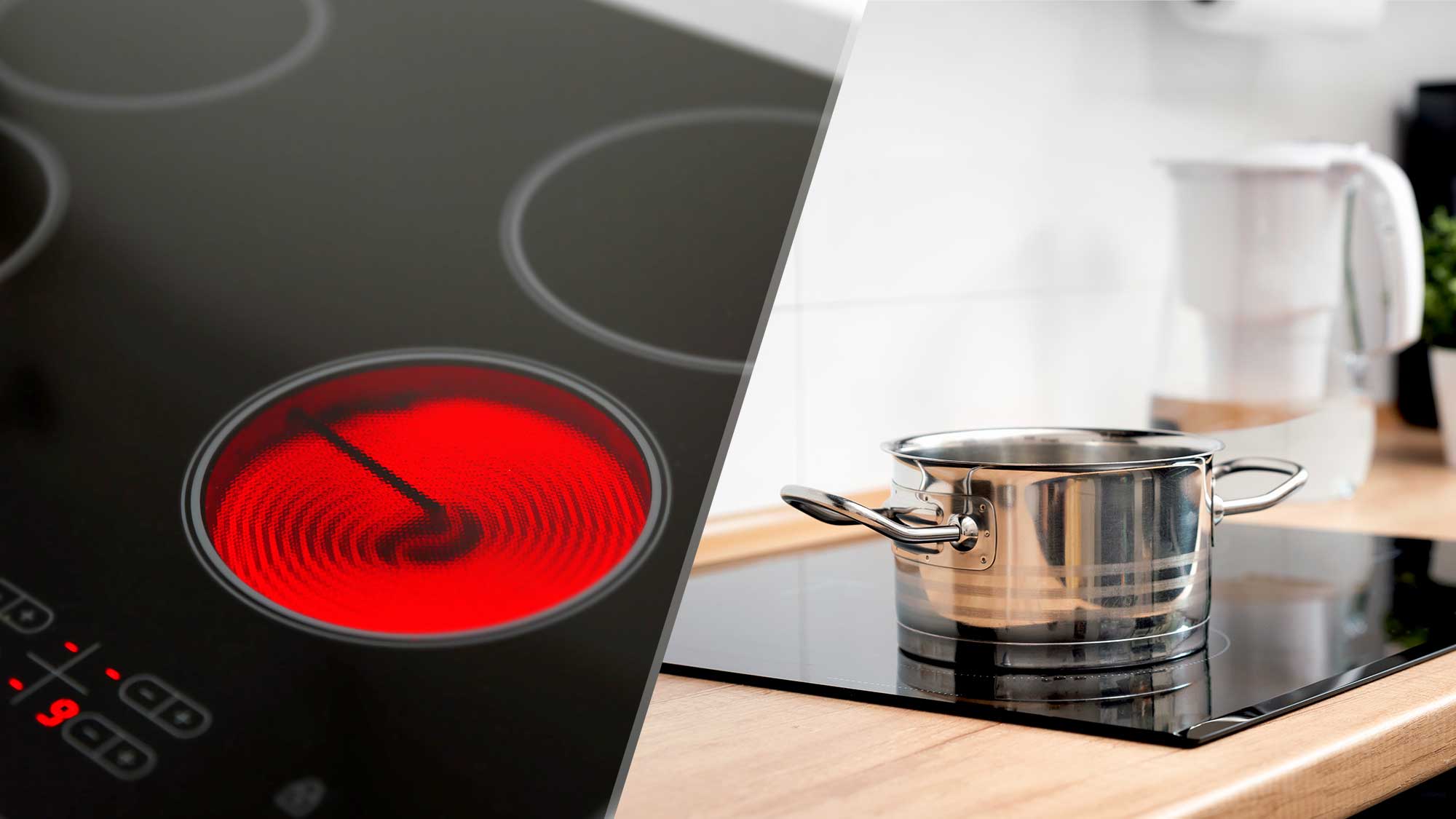
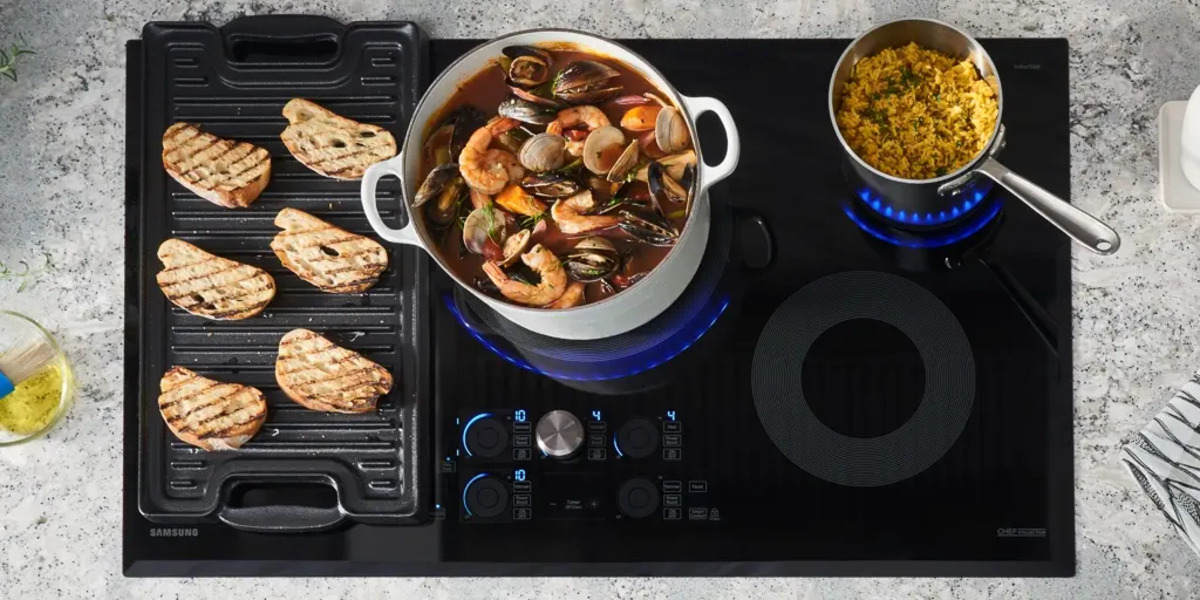
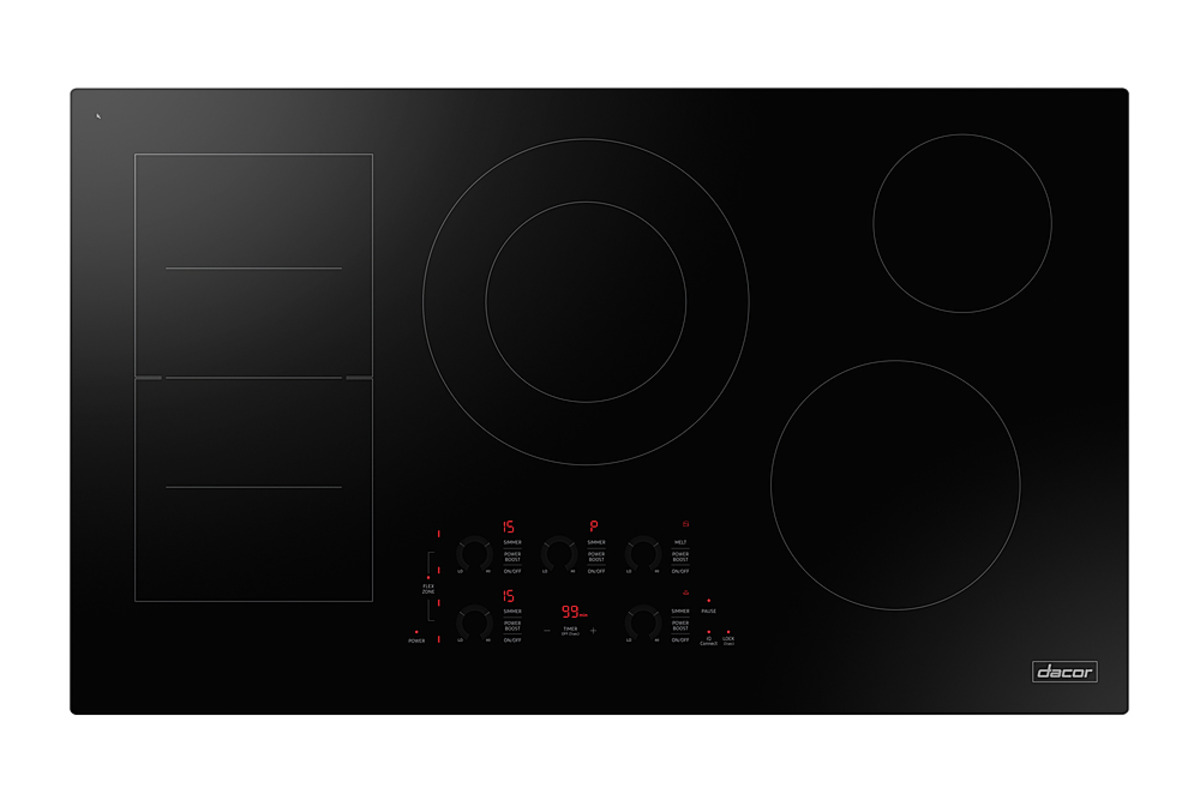
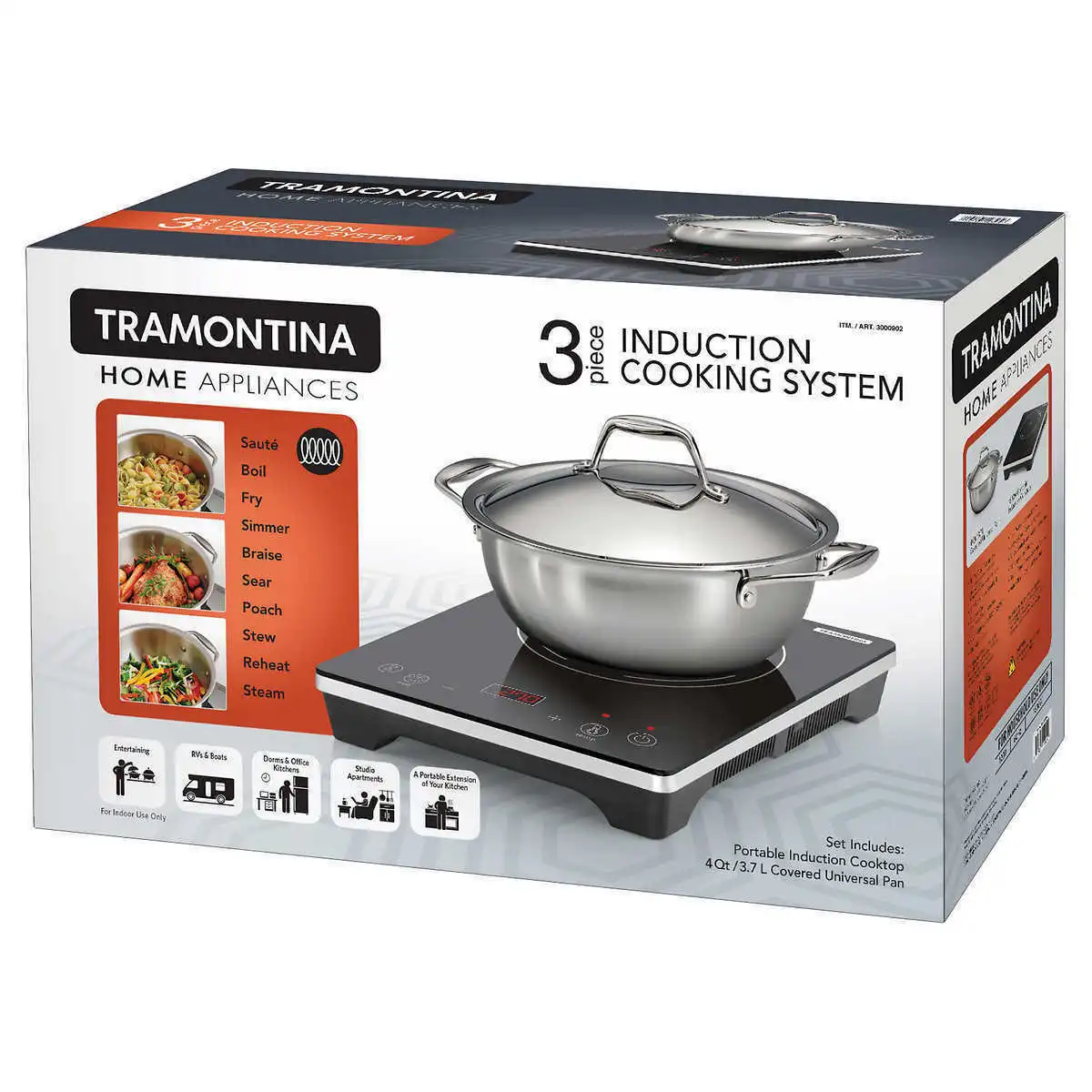
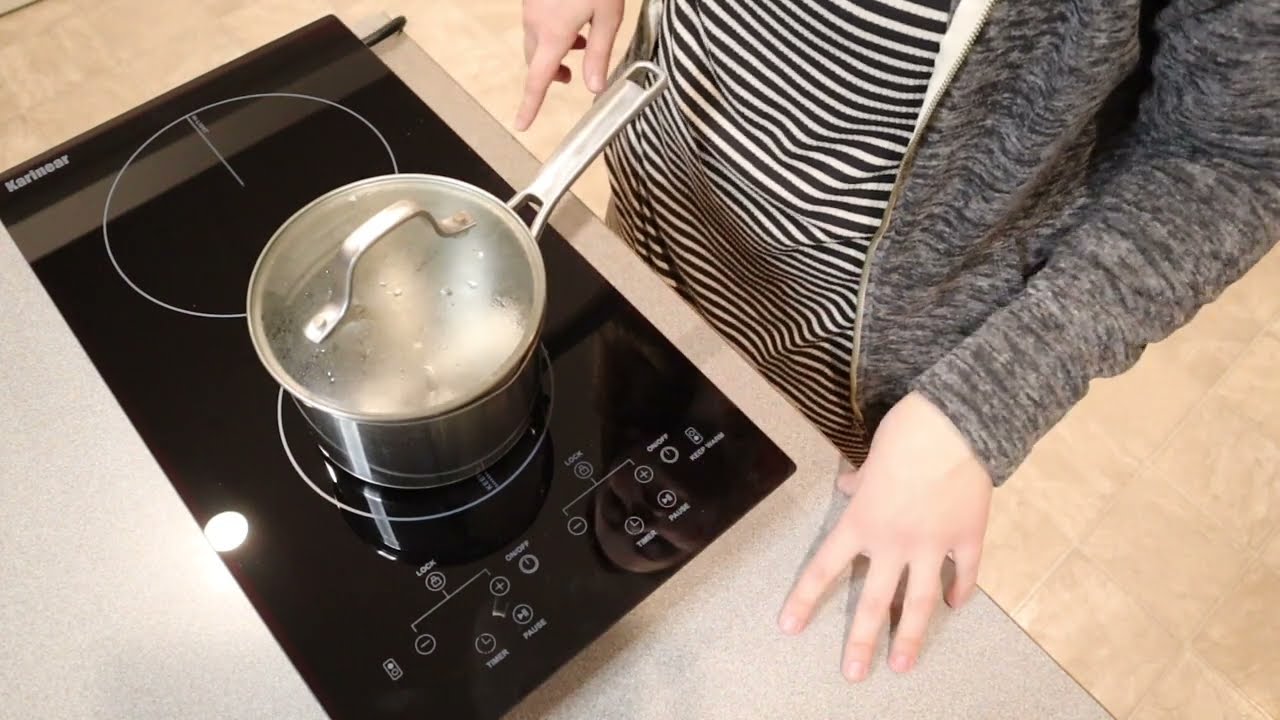

0 thoughts on “How To Use An Induction Cooktop”